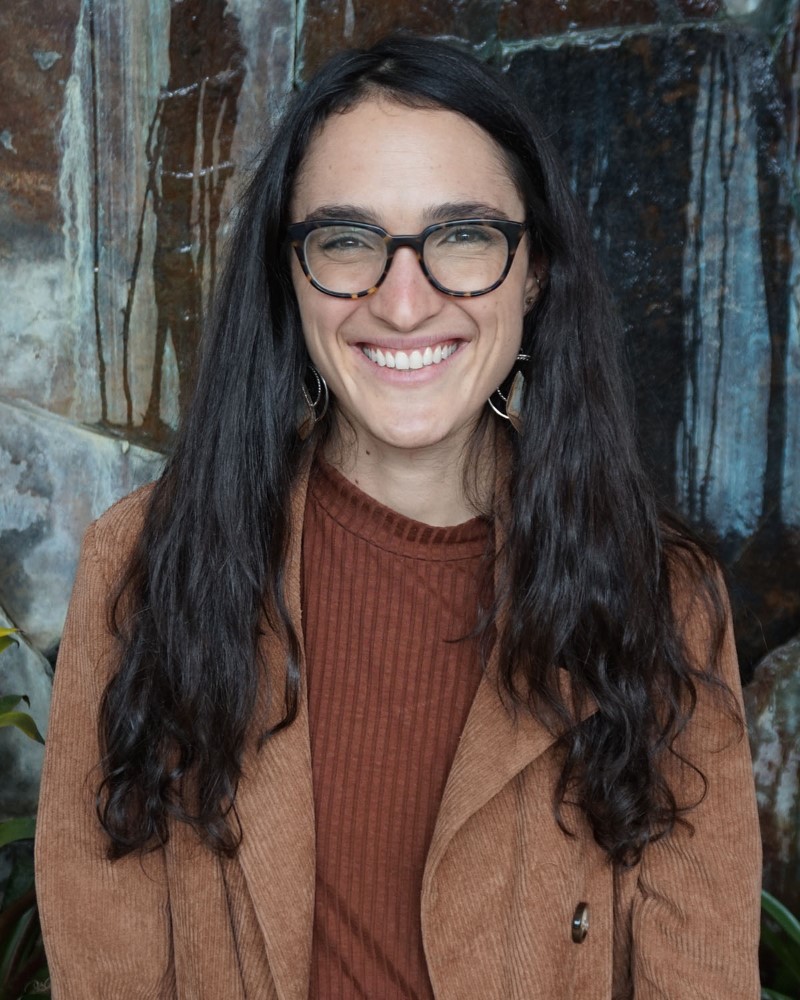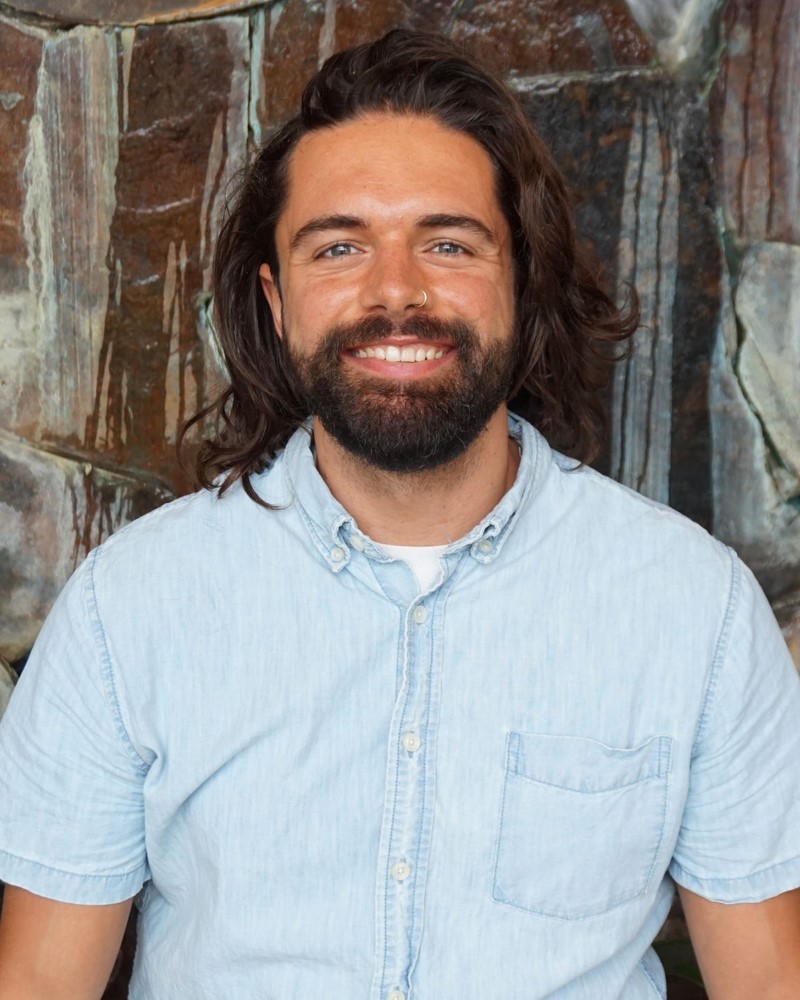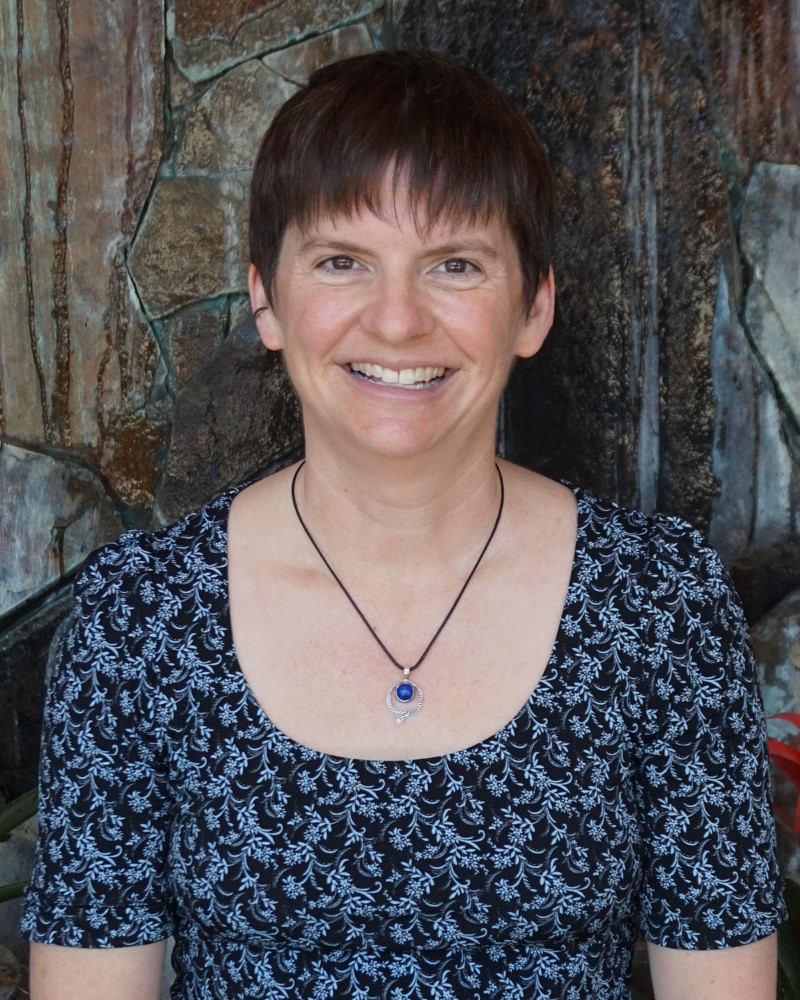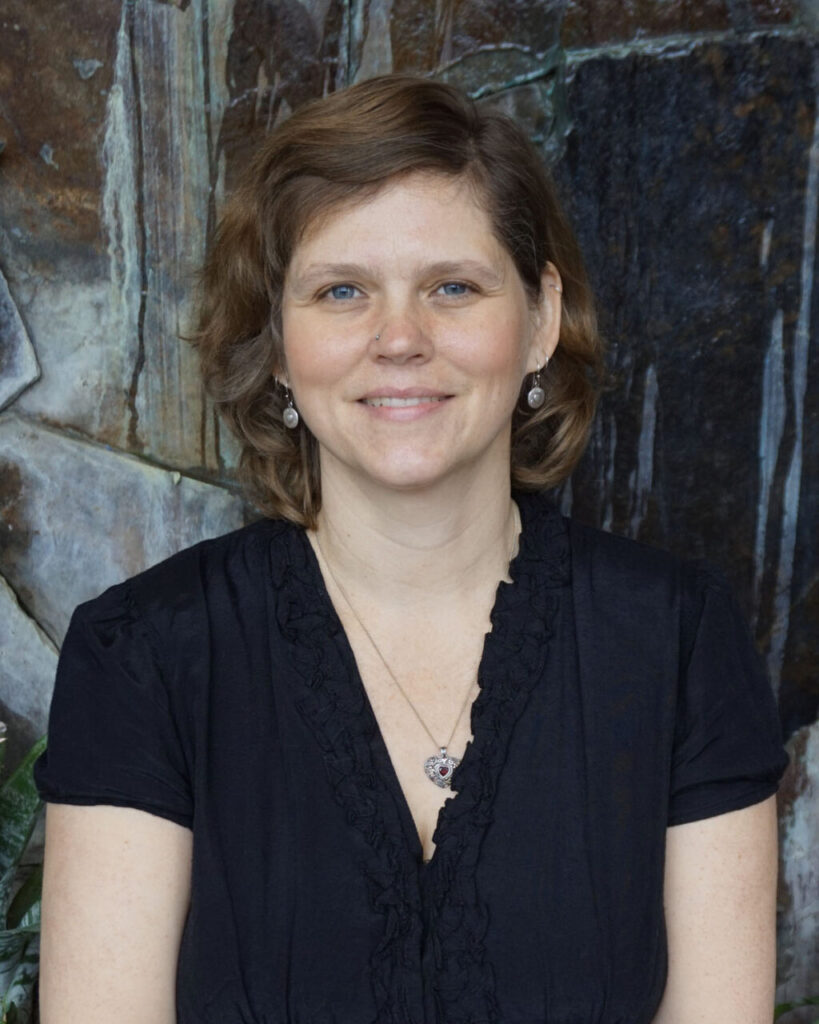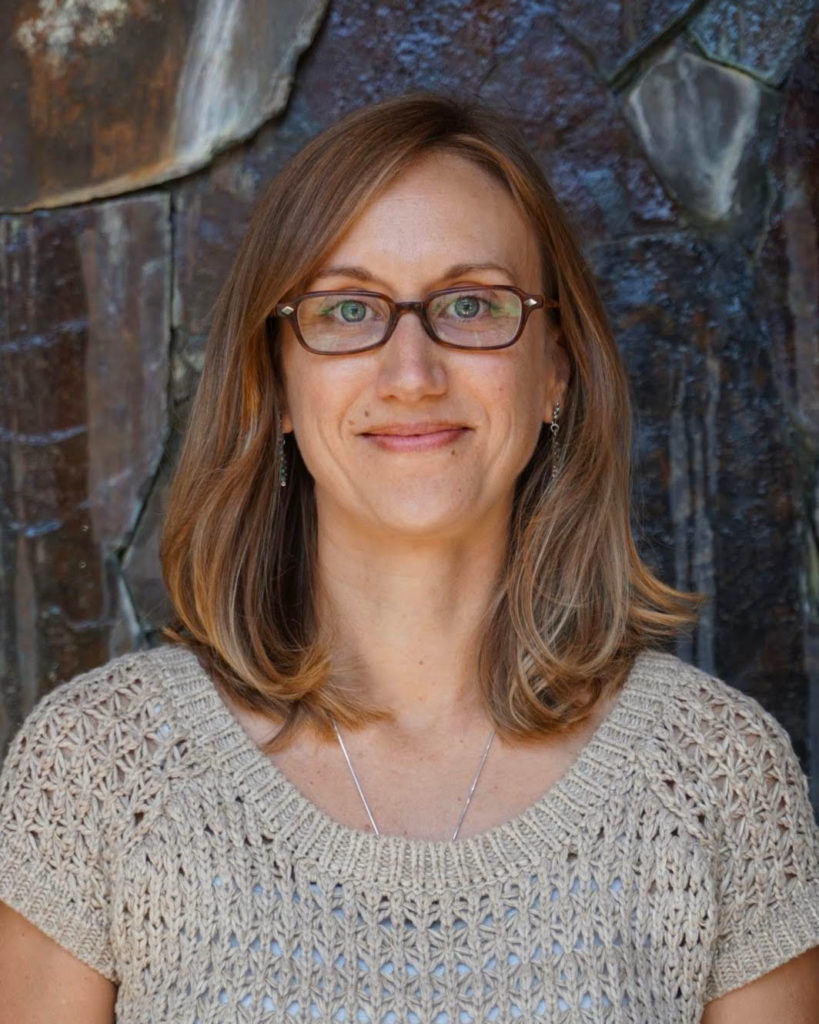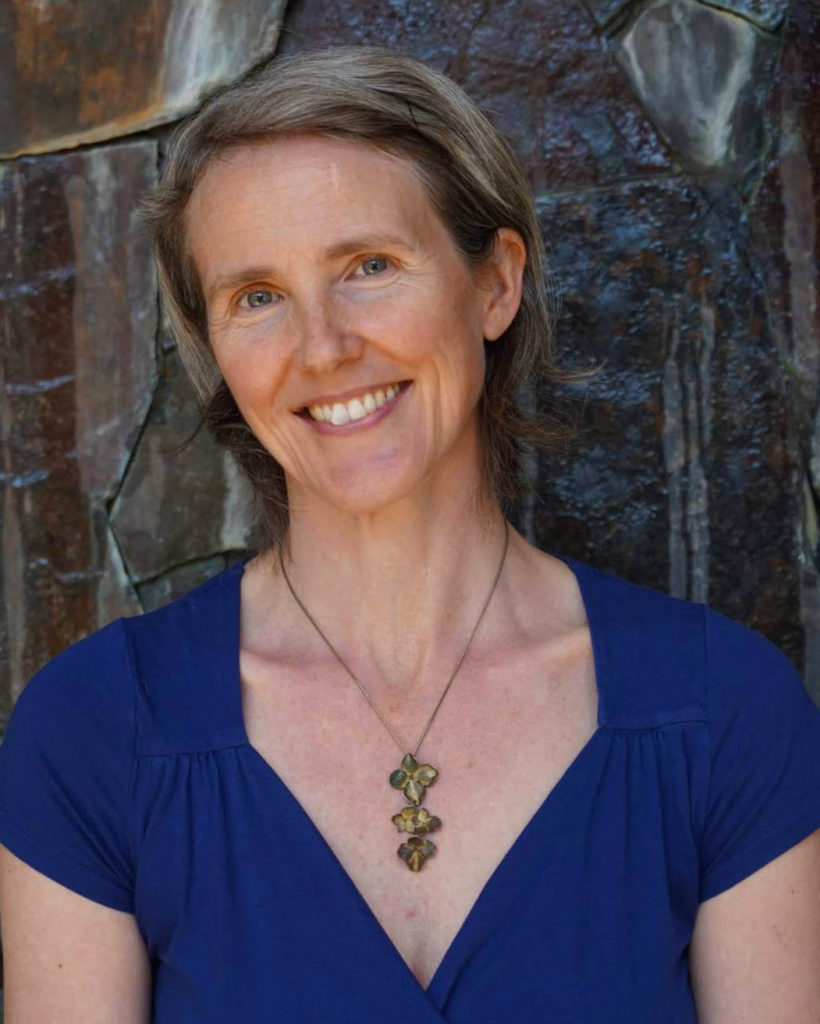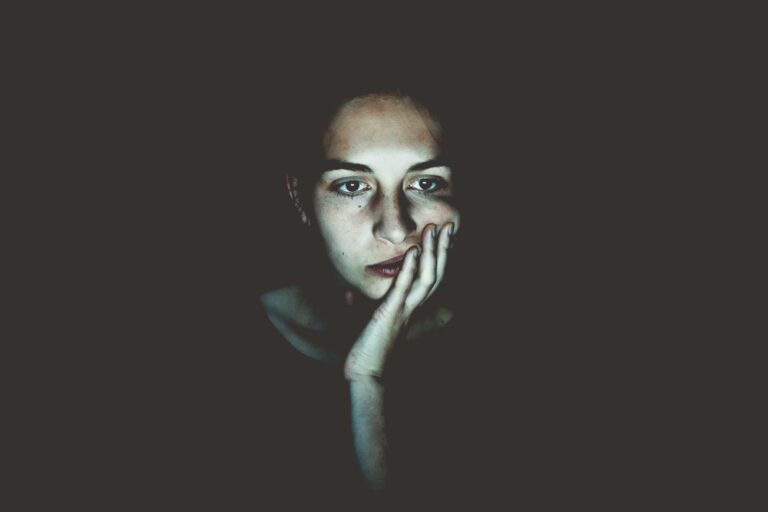Have you ever wanted to try craniosacral therapy but don’t know what to expect? This modality is quickly gaining popularity worldwide as we learn more about its healing power.
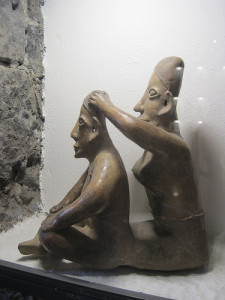 What is craniosacral therapy?
What is craniosacral therapy?
Craniosacral therapy is a gentle form of bodywork that works directly on the tissue surrounding the central nervous system to re-balance the body and clear up restrictions. This tissue is known as the craniosacral system, and is made up of the membranes and cerebrospinal fluid that surround the brain and spinal cord. The craniosacral system has its own rhythm, much like the heartbeat or the lungs’ breathing rhythm. The simple theory of craniosacral therapy is that all parts of our bodies are healthiest when they can move, and there is a natural rhythm for each part of our bodies that can be felt throughout the body. This includes our internal organs, muscles, bones, and central nervous system. Craniosacral practitioners use a series of gentle manual techniques to increase circulation and mobility within these systems, engaging the body’s own healing capacity and bringing the body back into balance and movement. Most of the touch occurs on the head, neck, spine and pelvis.
What conditions can craniosacral therapy treat?
Craniosacral therapy is useful for many different health conditions. It is very helpful for conditions involving the nervous system. For example, craniosacral is great for conditions like anxiety, depression, insomnia, and stress. Additionally, craniosacral therapy is used as a health treatment for the following:
- Body pain
- Fatigue
- Sleep problems
- Stress & Anxiety
- Emotional trauma
- Headaches/migraines
- TMJ
- Pre and post- surgery recovery
- Motor coordination impairments
- Autoimmune diseases
- Motor Vehicle Collisions
- Postpartum symptoms
- During pregnancy
- PMS
- Digestion issues
- Drug addiction
A more extensive list of conditions can be found here.
What does craniosacral therapy feel like?
 Craniosacral therapy is a gentle form of bodywork that does not hurt. Like with a massage, you will lie down on a comfortable massage table and will relax. The practitioner will place hands on you and determine where your body needs additional support. Next, the practitioner may focus on one body region. Additionally, they may work on several body regions in one visit. They will gently touch areas that need support. Often, the touch by a craniosacral therapist is so gentle that you do not even sense much pressure. Your job is to relax and focus on peaceful breathing while the practitioner restores movement to your body. In this way, movement is restored to the affected region or body part, which allows for your body to self-heal in an easier way.
Craniosacral therapy is a gentle form of bodywork that does not hurt. Like with a massage, you will lie down on a comfortable massage table and will relax. The practitioner will place hands on you and determine where your body needs additional support. Next, the practitioner may focus on one body region. Additionally, they may work on several body regions in one visit. They will gently touch areas that need support. Often, the touch by a craniosacral therapist is so gentle that you do not even sense much pressure. Your job is to relax and focus on peaceful breathing while the practitioner restores movement to your body. In this way, movement is restored to the affected region or body part, which allows for your body to self-heal in an easier way.
The experiences and sensations that are felt during a treatment include but are not limited to the following:
- Lengthening of the spine
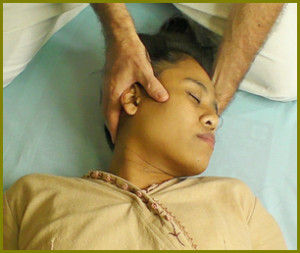
- More space in your head
- Sense of peace
- Deep relaxation
- Expansion in body
- Sleepiness or a sleep-like state
- Pain dissipating or melting
- Grounding or sinking into earth
- Involuntary twitches
- Relief from pain
- Altered state of being
- Decrease in tension
What does a first appointment look like?
- Brief intake and face-to-face conversation about your health and reason for making the appointment.
- A full assessment of the body through a series of gentle manual craniosacral massage techniques mostly performed on the head, pelvis, and chest.
- Lying on a massage table fully clothed or lightly clothed under a blanket and sheet for 50-60 minutes while the manual craniosacral techniques are performed.
- A brief post-treatment conversation and recommendation for follow-up appointments, often 2-4 to begin.
How should I prepare for my first CST experience?
For your first appointment, arrive comfortably dressed. It is good to be hydrated and fed prior to the appointment. However, avoid large amounts of food or fluid 1-2 hours prior. Additionally, avoid large amounts of caffeine prior to the appointment. Afterwards, it is important to drink lots of fluids and be mindful of any needs or changes in your body.
